The 10 Biggest AMD News Stories Of 2021 (So Far)
From new CPU launches to big wins in cloud and high-performance computing, AMD has already had a really big year that continues to put Intel under pressure. CRN reviews the 10 biggest AMD news stories that have happened in 2021 so far.
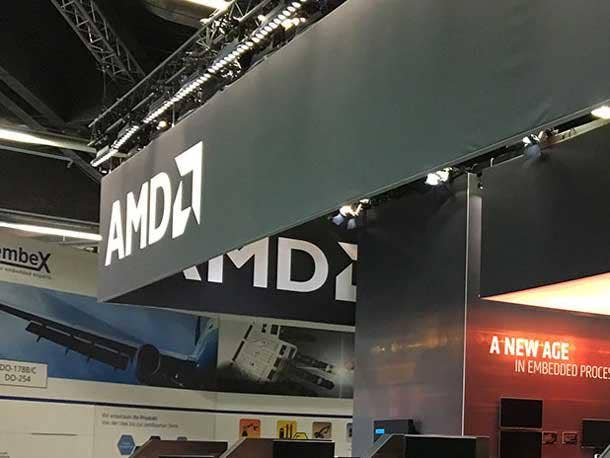
The Zen Assault Continues
AMD is into the fourth year of its Zen-driven comeback in the PC and server markets, and the chipmaker’s impact in the industry has been undeniable.
Since 2017, the Santa Clara, Calif.-based company has continuously pushed out new processors with new performance and efficiency gains that eventually allowed AMD to eclipse the fastest CPUs made by Intel. A lot of that is due to the company’s Zen architecture, which is now onto its third major iteration, and its embracing of the 7-nanometer manufacturing process developed by TSMC.
[Related: Intel Reorganization: 8 Big Changes Made Under Pat Gelsinger]
This has allowed AMD to gain major traction with both OEMs and cloud service providers, which has put pressure on Intel, the dominant CPU provider, as it struggles with manufacturing setbacks and pivots to a new hybrid manufacturing strategy in the hopes of regaining technology leadership.
What follows are the 10 biggest AMD news stories of 2021 so far, which includes new CPU launches, personnel moves, big wins in cloud and high-performance computing and a new way of making chips.
For more of the biggest startups, products and news stories of 2021 so far, click here.

10. AMD Loses Top Data Center Sales Exec To Lenovo
AMD lost one of its top data center and cloud sales executives, Vladimir Rozanovich, who left to become president of Lenovo’s North America business in June, Lenovo confirmed to CRN.
Rozanovich joined Lenovo after a 24-year tenure at AMD, most recently serving as corporate vice president for mega data center and cloud sales at the chipmaker, according to Lenovo.
Prior to that role, Rozanovich held positions that also included responsibilities involving AMD’s PC chip business, according to his LinkedIn profile. Those roles included corporate vice president for the Americas region and corporate vice president for the HP global account at AMD. Other prior roles included responsibilities for OEM partner executive field relationships—across vendors such as Lenovo, HP, Dell and Acer—to promote AMD processors to IT managers, his LinkedIn profile says.

9. AMD Nabs HPE Channel Superstar Terry Richardson
AMD hired former Hewlett Packard Enterprise channel superstar Terry Richardson in March to lead commercial channel sales in North America as the chipmaker doubles down on solution provider partners to ramp up competition against Intel and Nvidia.
The chipmaker hired Richardson as its North America channel chief, a role that put the 11-year HPE veteran in charge of all partner relationships—from distributors to national solution providers and other kinds of resellers—for commercial sales of CPUs and GPUs through server and PC. Richardson also now oversees AMD’s commercial components channel, which includes systems integrators.
Richardson retired in January as HPE’s vice president and general manager of the U.S. East Enterprise business. In November 2012, Richardson became vice president of channel sales and worked steadily with partners driving sales growth, culminating in his appointment as vice president of North American channel and alliances. At HPE, Richardson was critical in bringing partners the right incentives, support and sales assistance to drive sales growth, according to one HPE partner.

8. Google Cloud Picks AMD EPYC Over Intel Xeon For New VMs
Google Cloud picked AMD’s latest EPYC processors over Intel’s Xeon Scalable CPUs for a new class of virtual machines it says provide better performance and price-performance than VMs powered by Intel and Arm from other top cloud service providers by roughly 50 percent.
The cloud service provider announced on June 17 that its new Tau VM product family will take advantage of AMD’s recently launched third-generation EPYC CPUs, serving as a new extension of the Google Compute Engine’s VM offerings.
Google Cloud said the new EPYC-powered instance provides 56 percent higher “absolute performance” and 42 percent higher price-performance when compared to general-purpose VMs from two unnamed leading cloud vendors, one with an Arm-based CPUs and the other with Intel’s second-generation Xeon Scalable CPUs, which is one generation behind Intel’s new Ice Lake CPUs.
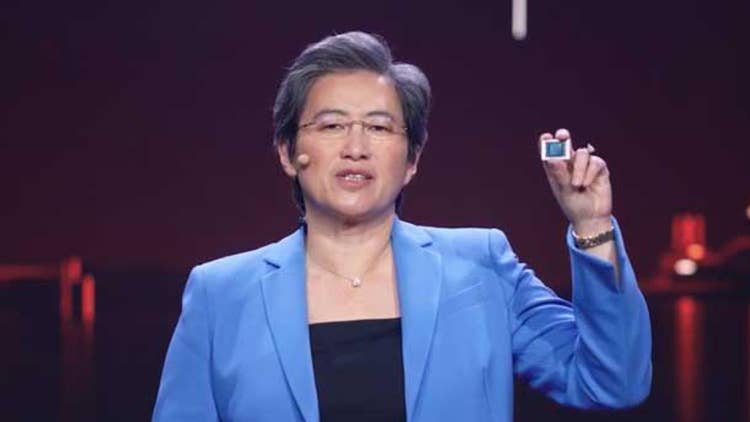
7. AMD Reports Record Revenues In Face Of Chip Shortages
AMD reported in January that it finished 2020 with record revenue, which grew 45 percent year-over-year to $9.76 billion, thanks to fast-growing sales from Ryzen and EPYC processors.
However, the company could have grown even faster were it not for component shortages, AMD CEO Lisa Su (pictured) said during an earnings call. “It’s fair to say that the overall demand exceeded our planning, and as a result, we did have some supply constraints as we ended the year,” she said.
Despite the supply constraints, AMD’s revenue for the fourth quarter of 2020 grew 53 percent to $3.24 billion and in the first quarter of 2021 nearly doubled, growing 93 percent to $3.4 billion. The first-quarter momentum prompted AMD to increase its forecast for full-year revenue growth to 50 percent from the 37-percent figure it gave in the previous quarter.
Earlier this month, Su told Barrons that she expects supply constraints to continue throughout 2021.
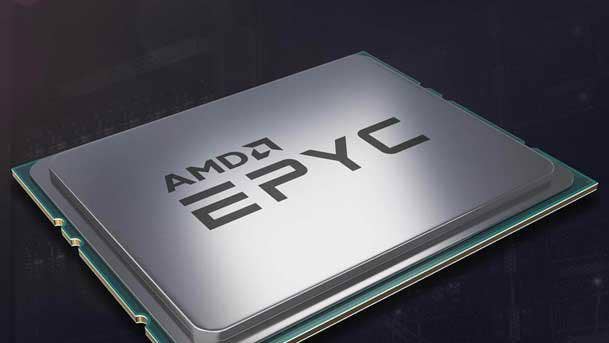
6. AMD Quadruples EPYC’s Top 500 Supercomputer Share In A Year
AMD more than quadrupled its share of the 500 fastest supercomputers in the world in a matter of one year, underlining the growing threat that rival Intel faces from AMD’s EPYC CPUs.
The chipmaker’s EPYC processors are now powering 49 of the world’s top supercomputers, according to an updated list that was released on June 28 by Top500 during the virtual ISC high-performance computing event. That’s more than double the 21 supercomputers counted using AMD CPUs in Top500’s fall 2020 list and more than quadruple the 11 supercomputers that were using the chipmaker’s processors as of the summer 2020 list.
AMD’s ascendance has come at a cost to Intel, the historically dominant provider of CPUs in the HPC space that is now planning a comeback under new CEO Pat Gelsinger that will take years to execute. According to Top500’s latest figures, Intel saw its share of the top 500 supercomputers shrink to 431 from 459 in the fall of last year, and from 470 a year ago.
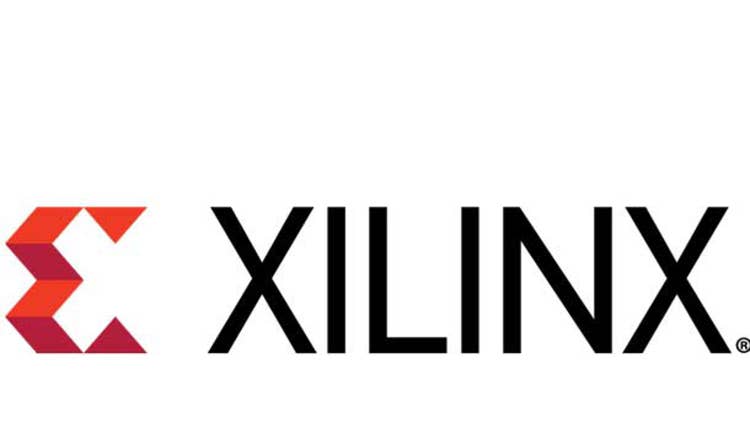
5. AMD-Xilinx Deal Gets Approval By U.K., E.U.
AMD’s plan to acquire FPGA maker Xilinx for $35 billion cleared two major hurdles at the end of June with approvals from the United Kingdom’s and European Union’s regulatory bodies.
The chipmaker said that the deal, which was announced last October, received approvals from the U.K.’s Competition and Markets Authority on June 29 and the European Commission on June 30. This means the deal only needs approval from Chinese regulators now as it had already received clearance from the U.S. and other countries, including South Korea and Australia.
AMD CEO Lisa Su has previously said that the Xilinx acquisition will further solidify the chipmaker as the leader of high-performance-computing products.
“AMD will offer the strongest portfolio of high performance and adaptive computing products in the industry, spanning leadership CPUs, GPUs, FPGAs, and Adaptive SOCs,” she said last October. “This will enable us to take a leadership position accelerating a diverse set of emerging workloads, from AI to smart networking and software-defined infrastructure.”
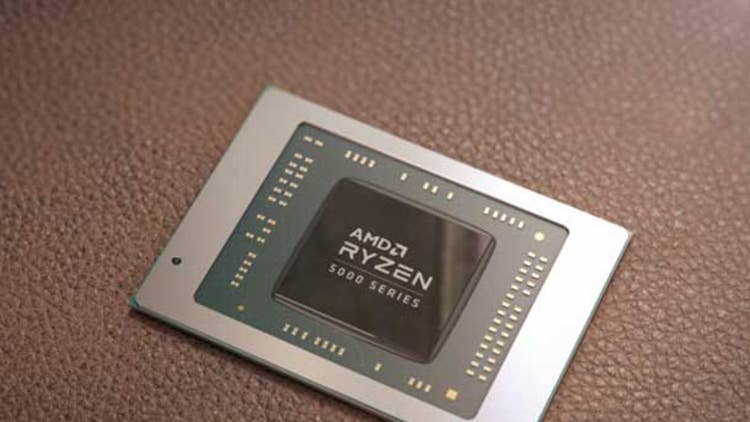
4. AMD Launches Ryzen 5000 Mobile CPUs With Over 150 Laptop Designs
AMD launched its Ryzen 5000 mobile processors in January with more than 150 laptop designs expected this year, a 50 percent increase over the 100 designs for last year’s Ryzen 4000 series.
The chipmaker said that the 7-nanometer chips, which follow the launch of the Ryzen 5000 desktop CPUs last fall, offer “both tremendous performance and long battery life” and highlighted that, unlike Intel, AMD is the only x86 chipmaker to provide eight-core processors for ultrathin laptops.
Thanks to a major improvement in single-threaded performance due to Ryzen 5000’s Zen 3 architecture, AMD showed that its new flagship CPU, the Ryzen 7 5800U, narrowed or closed the gap with Intel’s Core i7-1165G7 or even exceeded its competitor for office productivity. The largest gains were seen with a 23 percent improvement in the PCMark10 benchmark, a 22 percent improvement in Microsoft Excel performance, a 9 percent improvement in the PCMark Apps benchmark and a 7 percent improvement in Microsoft Edge performance.

3. AMD Unveils New 3D Chiplet Technology For Next-Gen CPUs
During AMD’s Computex 2021 keynote, CEO Lisa Su revealed the next major evolution of the company’s processors with a new 3D chiplet technology that will improve performance.
Su showed off the first application of AMD’s 3D chiplet technology with a Ryzen 5000 CPU that has a 3D vertical cache bonded to it, which she said will improve gaming performance by an average of 15 percent. This is a big deal, according to Su, because the performance improvement from the 3D vertical cache is tantamount to performance gains typically seen with a new chip architecture.
With the 3D vertical cache, AMD will be able to add 64 MB of SRAM on the top of each core complex within a CPU, which will triple the CPU’s L3 cache, according to Su. That will result in 96 MB of cache per core complex and a total of 192 MB of cache for a 12-core or 16-core Ryzen 5000 CPU.
Su said AMD plans to begin production of its highest-end Ryzen 5000 processors with the 3D vertical cache by the end of the year.

2. AMD Launches 3rd-Gen EPYC, Claims New Advantages Over Intel Xeon
AMD launched its third-generation EPYC processors in March and later said that EPYC is the “world’s faster server processor,” beating Intel’s latest Xeon Scalable CPUs on a per-core and per-socket basis, based on new tests the chipmaker performed.
“And we still own every one of the 220 performance worlds records that we announced in March, either submitted by AMD directly or submitted by our partners,” said Robert Hallock, director of product marketing at AMD, in a May briefing with journalists. He added that EPYC still has “best total cost of ownership in industry when it comes to servers.”
AMD has said that more than 100 new server platforms from Dell Technologies, Hewlett Packard Enterprise, Supermicro and other vendors are expected to support the new processors. Cloud service providers like Amazon Web Services and Microsoft Azure also plan to ramp up their use of AMD EPYC processors, which are expected to power more than 400 cloud instances by the end of the year.
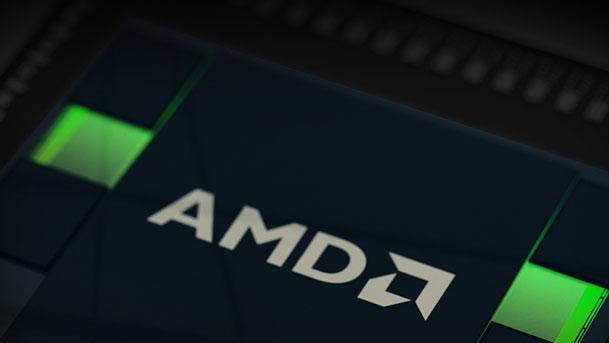
1. AMD Sees Highest Single-Quarter Gain In Server Market Share Since 2006
AMD saw its largest share gain yet against Intel in the server market with EPYC processors in the first quarter, the chipmaker’s highest single-quarter gain for server CPUs since 2006.
That’s according to the latest x86 CPU market share report from Mercury Research, which said that AMD’s server CPU share grew 1.8 points to 8.9 percent, reflecting the chipmaker’s report of strong EPYC sales and Intel’s decline in Data Center Group revenue for the first quarter. That meant AMD’s server market share that quarter was 3.8 points higher than the same period last year.
The chipmaker saw its server CPU market share peak in 2006, going from around 5-7 percent to roughly 22 percent in only 18 months, as the chipmaker saw a massive ramp with its 64-bit Opteron processors, according to ExtremeTech. However, Intel soon fought back and regained technology leadership, leading to a mostly steady decline for AMD server CPU shipments over the following 10 years before the chipmaker started its comeback in 2017 with EPYC.